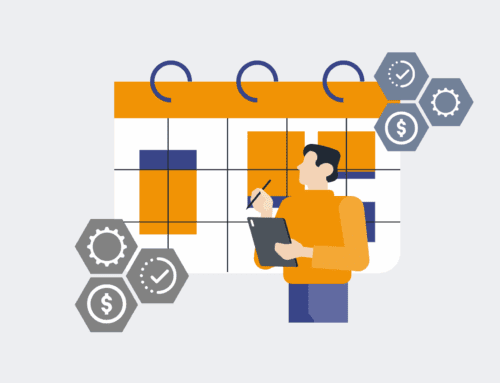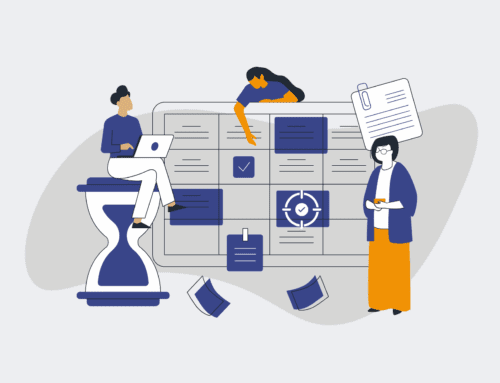Implementing a HighLevel Disaster Recovery Plan with Scheduled Snapshots
In today’s fast-paced digital landscape, the phrase “data is king” has never been more relevant. For businesses leveraging powerful platforms like HighLevel to manage their CRM, marketing, and sales operations, the integrity and availability of this data are paramount. Yet, many organizations operate without a truly robust disaster recovery strategy, often mistaking basic backups for comprehensive protection. At 4Spot Consulting, we understand that human error, unforeseen technical glitches, or even malicious attacks are not distant possibilities but tangible threats that can derail operations and cost millions. This isn’t just about recovering data; it’s about safeguarding your entire business continuity.
A reactive approach to data loss is an expensive gamble. Imagine your HighLevel CRM, the very heart of your customer interactions and sales pipeline, suffering a critical data incident. The loss of lead information, client communication history, or crucial campaign data can lead to immediate operational paralysis, missed revenue opportunities, and irreparable damage to your reputation. Traditional backups, while useful, often come with recovery point objectives (RPOs) and recovery time objectives (RTOs) that are too long for modern business demands. This is where a proactive, strategic disaster recovery plan, centered around scheduled snapshots, becomes not just an option, but an absolute necessity.
Beyond Basic Backups: The Strategic Imperative of Snapshots
Scheduled snapshots represent a significant leap forward from conventional backup methodologies, especially within dynamic cloud environments like HighLevel. While backups copy data at specific intervals, snapshots capture the entire state of your system—including configurations, data, and settings—at a precise moment in time. This distinction is critical. When a disaster strikes, a snapshot allows for an almost instantaneous restoration of your HighLevel instance to a known, working state, minimizing downtime and data loss to mere minutes, rather than hours or days. It’s a fundamental shift from merely having your data stored elsewhere, to having an immediately deployable safety net.
For organizations, particularly those in HR and recruiting where data sensitivity and velocity are high, the ability to revert to a clean, operational state with minimal disruption is invaluable. It’s not just about restoring customer records; it’s about ensuring that your automated workflows, funnels, and communication sequences can resume functionality without extensive re-configuration or manual data reconciliation. This capability fortifies your operational resilience, allowing you to quickly bounce back from incidents that might cripple less prepared competitors.
Crafting Your HighLevel Disaster Recovery Blueprint
Implementing an effective disaster recovery plan with scheduled snapshots requires more than just enabling a feature. It demands a thoughtful, strategic approach that aligns with your business’s specific RPOs and RTOs. Our OpsMesh™ framework at 4Spot Consulting emphasizes a holistic strategy that begins with understanding your critical data points and workflows within HighLevel.
Defining Your Recovery Objectives and Scope
The first step involves a comprehensive assessment of your HighLevel ecosystem. What data is absolutely critical? How much data can you afford to lose (RPO), and how quickly must you be back online (RTO)? This analysis goes beyond surface-level data, delving into custom fields, automation triggers, unique campaign structures, and integrations that are vital to your daily operations. Without clear objectives, any recovery effort risks being misdirected or insufficient.
Establishing a Snapshot Schedule and Retention Policy
Once your objectives are clear, a pragmatic snapshot schedule must be defined. For highly active HighLevel accounts, daily or even more frequent snapshots might be necessary. Equally important is the retention policy: how long should these snapshots be kept? A tiered approach, where recent snapshots are kept for immediate recovery and older ones archived for long-term compliance or historical analysis, is often best. This balance ensures you have ample recovery points without incurring unnecessary storage costs.
Implementing and Automating Snapshot Processes
While HighLevel offers its own robust backup capabilities, augmenting these with external, automated snapshot solutions provides an additional layer of security and flexibility. Leveraging platforms like Make.com, 4Spot Consulting can engineer bespoke automation flows that trigger scheduled snapshots, verify their integrity, and even manage their offsite storage. This proactive automation reduces the reliance on manual intervention, mitigating the risk of human error in your disaster recovery strategy—a core tenet of our OpsBuild™ services.
Regular Testing and Iteration
A disaster recovery plan is only as good as its last test. Regular simulation exercises, where you practice restoring from snapshots, are crucial. These tests validate your RPOs and RTOs, uncover potential bottlenecks, and ensure your team is proficient in the recovery process. The digital environment is constantly evolving, and so too should your disaster recovery strategy. Continuous review and iteration, especially after significant HighLevel updates or changes to your operational workflows, are non-negotiable.
At 4Spot Consulting, we approach disaster recovery not as a mere IT task, but as a fundamental business insurance policy. By proactively integrating scheduled snapshots into a well-defined recovery strategy, we empower HighLevel users to operate with confidence, knowing their vital data and operational continuity are securely protected. This strategic preparedness saves you time, money, and most importantly, preserves the trust of your clients and the reputation of your business when the unexpected occurs. Our expertise in low-code automation and AI integration means we can build these resilient systems efficiently, translating directly into peace of mind and enhanced scalability for your organization.
If you would like to read more, we recommend this article: HighLevel Data Protection for HR & Recruiting: Automated Snapshots for Instant Recovery









